Copyright and Legal Use of Materials
The laws of copyright that we apply to print are the same ones that should be applied when using digital text, images, audio, video, etc.
Please remember that items on the Web may be copyrighted– even if this is not explicit. For this reason, we suggest you use these rules as a guide, which should be considered in the following hierarchical order:
1. Develop Original Content
It is always best if faculty can develop their own content to be used in online courses.
2. Use content available from the book publishers
Very frequently, text book publishers provide faculty with an online site that has test banks, interactive flash cards, PowerPoint presentations, and learning games that can be used and modified by faculty who have adopted a particular book. Visit the textbook publisher’s book-specific site to view objects they’ve created. These objects can frequently be imported into Blackboard. Often, the publisher provides in each student copy a free code that can be used to access this content, as well. Be judicious– you might evaluate the publisher content prior to directing students to the sites to ensure the information is relevant to your class.
3. Use content available in the public domain
You can find several directories that provide links to shareable content across disciplines.
Here are a few examples:
- IBiblio, is a conservancy of freely available information, including software, music, literature, art, history, science, politics, and cultural studies
- MERLOT, which makes content available in a wide variety of disciplines
- Wikipedia, also has a meta-listing of public domain sites
4. Refer to public web sites
If you link to a public web site, and the web address is clearly available, and it is clear that linked web site “owns” the content, it should be acceptable to point to the site in your Blackboard shell.
If you do this, please remember to check your site each semester to ensure the links are working properly.
5. Apply “Fair Use”
There are four criteria to determine whether or not “Fair Use” is applicable. The criteria regard:
- the purpose of the use,
- the nature of the use,
- the amount of use,
- and the market effect.
Generally, if the purpose of the use is educational, the use is small, used during one or two lectures, and the market effect is none or minimal, fair use may apply.
Please see this check list to determine whether or not the IP in question is covered under the Fair Use Doctrine at http: https://www.copyright.gov/fair-use/
6. License the material
If you decide to license the material, contact the copyright holder and negotiate a contract. This sometimes involves a fee. You should request “life of course” use to ensure that you can use the piece for as long as the course is in use so that you do not have to renew the license semesterly.
7. Multimedia use
Always follow explicit guidelines that may accompany multimedia.
Motion media: Up to 10% of the total or three minutes, whichever is less.
Text material: Up to 10% of the total or 1,000 words, whichever is less.
Music, lyrics, and music video: up to 10% of the work but no more than 30 seconds of the music or lyrics from an individual musical work.
Illustrations or photographs: no more than five images from one artist or photographer and no more than 10% or 15 images, whichever is less, from a collection.
Copying of a multimedia project: no more than two copies may be made of a project.
Give credit where credit is due
For more information on copyright, please see the U.S. Government site at https://www.copyright.gov/
U.S. Government information on Fair Use can be found here: https://www.copyright.gov/fair-use/
Stanford’s documentation on Fair Use:
https://fairuse.stanford.edu/Copyright_and_Fair_Use_Overview/chapter9/index.html
Much of the information on multimedia use comes from this site: https://www.umuc.edu/library/copy.shtml
This hierarchy, and much of the content, is based on a document created by Tobi Krutt of Systems Office who based it on a Magna publications seminar about copyright.
Additional resources regarding Copyright can be found here.

